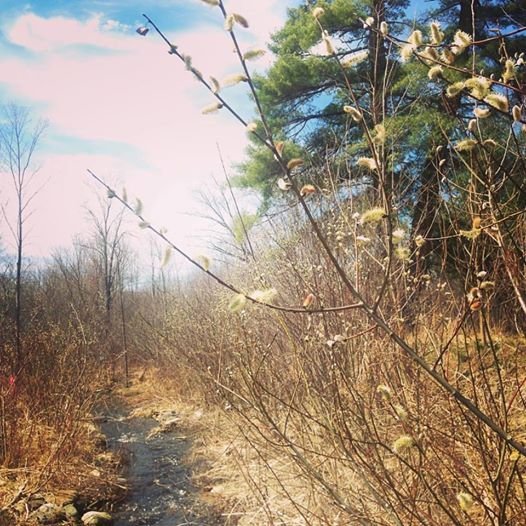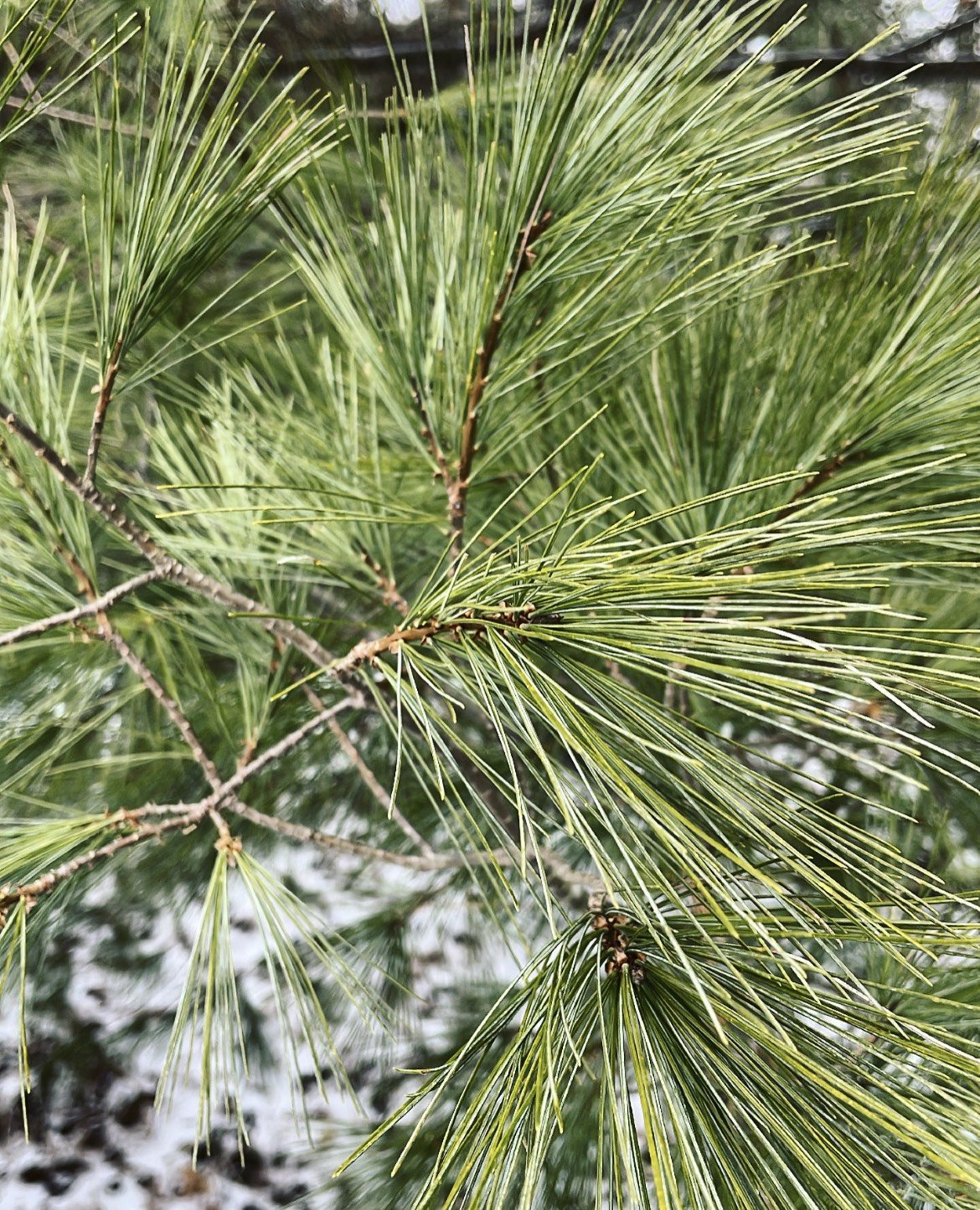Spring Tree Medicine: Willow, Wild Cherry, Sweet Birch, Sugar Maple & Alder
Spring is one of the classic times to work with tree medicine, during the season when the sap is rising, the vascular cambium is active with sap and nutrients, and the trees are waking back up. Below I share some of my favorite trees to work with in the spring and my hope is that even if you don’t have all of these trees in your bioregion, you at least have a few.
Sustainably Harvesting Conifer Resins & Conifer Resin Salve
Winter is a great time to work with and harvest conifer resin (also often referred to as pitch). It's much less sticky and viscous in the winter than other times, due to the cold temperatures, which makes it much easier to harvest! Locally, White Pine (Pinus strobus) is our most abundant conifer that produces resin and you can also find it in Balsam Fir (Abies balsamea) and Spruce species (Picea spp), with Norway Spruce (Picea abies) being our most locally abundant Spruce.
White Pine & Rosemary Nougat
At its most basic, nougat is a confection made with nuts, honey, and/or sugar, however it can also include egg whites, herbs, spices, dried fruit, and seeds depending on where it’s made. There are variations traditionally made throughout the SWANA region (Southwest Asia & North Africa), the Mediterranean, and southern Europe, and the name it’s most commonly known as in the US, nougat, comes from France.
Winter Tree Medicine
I love working with the evergreens this time of year...they just seem to beckon. That sole greenery on the landscape is a potent reminder of the verdant abundance to come and also of the strong medicine these trees have to offer. I love that even in the depth of winter I can head outside with my harvesting basket and gather these healing herbs for medicine right outside my door.
White Pine Medicine
White Pine (Pinus strobus) is one of my first and dearest plant allies, and extremely abundant here in the Northeast. My hope is that the monograph on it below will encourage you all to get to know this fantastic bioregional herb and incorporate it into your herbal repertoire!
Eastern Hemlock Medicine
Prefers moist, well-drained, acidic soils. Often grows in pure stands in moist cool valleys and ravines. Also found in rocky outcrops and north-facing bluffs. Along with white pine, definitely the most common evergreen found in our local woods. Grows to about 2,400 ft elevation.





